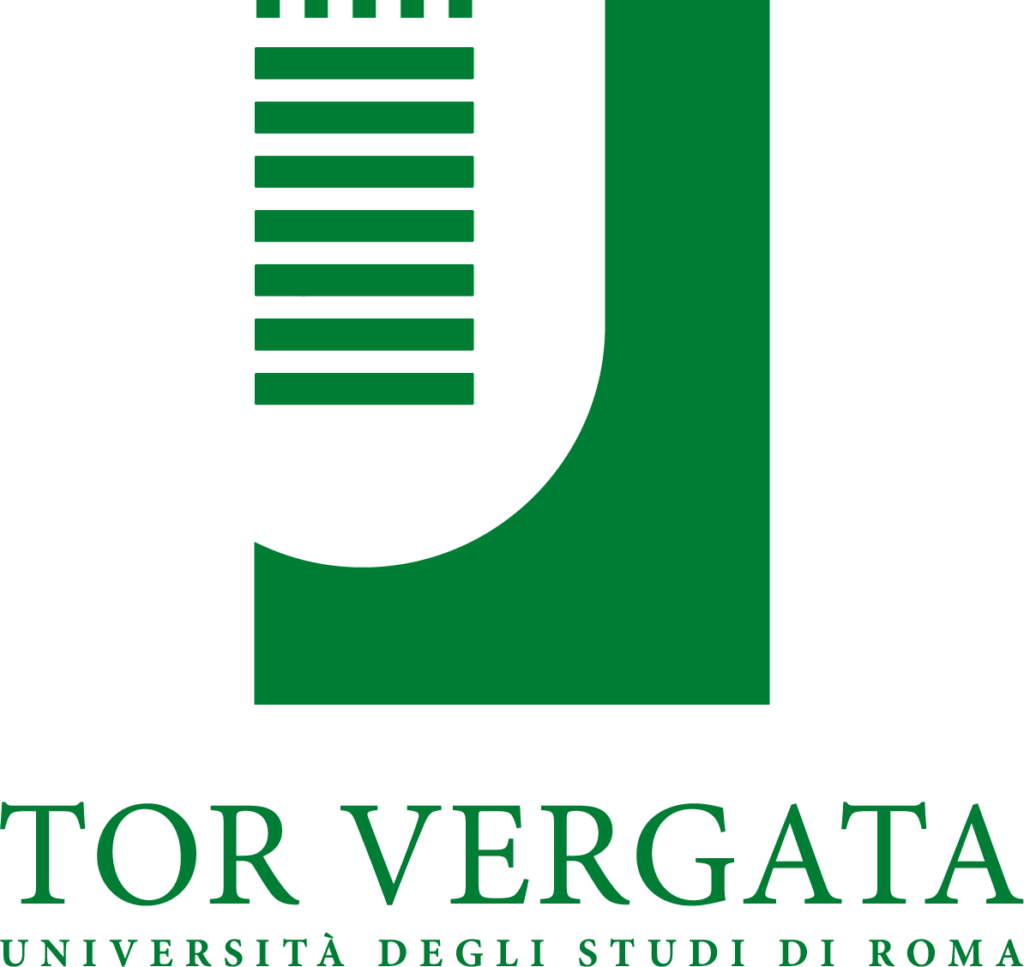* Running Projects
Hybrid Nanodiamond/Gold Nanoparticles as Efficient Catalysts in the Reduction of Nitroareneses (HyNDiGoCat)
Topic: The HyNDiGoCat project aims to investigate the catalytic activity of a hybrid material (Au/ND) composed of nanodiamond (ND) and gold nanoparticles (Au-NP), synthesized through a facile and eco-friendly reduction process. The catalytic transformation of organic molecules into value-added compounds is a cornerstone of a technologically advanced society, and the reduction of nitroarenes plays a key role among reactions of practical interest. Among these compounds, nitrophenols are considered some of the most toxic pollutants, and their reduction represents a viable strategy for their elimination. In this context, the potential of ND to catalyze redox reactions remains a largely unexplored field. ND comprises nanoparticles that can be functionalized through radical reactions, to name a few, which induce surface charges, enabling the system to interact with other chemical species electrostatically. The hybrid Au/ND material will be prepared and characterized morphologically and structurally and tested as a catalytically active material for reducing nitrophenol to its aniline derivative. Additionally, theoretical approaches will be employed to describe kinetic data and gain insights into the reduction mechanism and process efficiency concerning the characteristics of the synthesized hybrid material..
Involved personnel/Role: V. Guglielmotti (PI), E. Tamburri (Partener), R. Salvio (Partener), M. Longo (Partener), M. Salamone(Partener).
* Concluded Projects
ACCORDO BILATERALE CNR – RFBR: Hardware realization of Reservoir computing and pattern recognition systems based on deterministic and stochastic organic memristive devices
CUP B55F20002250005
Financed by: Consiglio nazionale della Ricerche (CNR)
Topic: We propose in this project is the realization of a totally hardware neuromorphic network, consisting of a dynamic reservoir and a single-layer perceptron capable of temporal information processing such as image pattern recognition. We will employ deterministic devices, realized by means of standard cleanroom processes and we will develop devices based on stochastic materials and devices realized by means of 3D printed, additive manufacturing technology to reach the high brain connectivity and promoting the reaching of a higher TRL with a rapid prototyping of devices. Such network can compute complex temporal data more efficiently than standard ANN, reducing dramatically training costs, power and time consumptions.
Partners: National Research Centre “Kurchatov Institute”
Involved personnel/Role: S. Battistoni, Italian Principal Investigator
PRIN 2020: NEuroMorPHic devices bASed on chalcogenIde heteroStructures (Emphasis)
Prot. 20203K2T7F
Financed by: Ministero dell’Università e della Ricerca (MUR) – Italy
Topic: The project will exploit the combination of computational screening with state-of-the-art experimental tools. First, atomistic simulations will be carried out to design phase change heterostructures (PCH) with low variability, high switching speed and retention, and tailored thermal and electrical conductivity. The most promising material combinations will be grown by physical vapor deposition (PVD) and characterized by complementary spectroscopic and diffraction techniques. Subsequently, heterostructure-based cells will be fabricated and their electrical, structural and thermal behavior characterized. Eventually, the ability of the cells to emulate synaptic plasticity will be tested and basic learning rules and algorithms, developed during the whole project, will be implemented. Finally, a PCH-based neural network for pattern recognition will be demonstrated in both simulation and hardware.
Partners: University of Rome La Sapienza (coordinator), National Research Council of Italy (CNR), University of Milano Bicocca, University of Rome Tor Vergata
Involved personnel/Role: M. Longo, Participant

